Types and Classification of Industrial Respirators
Industrial respirators play an important role in ensuring the health and safety of workers across different industries. From construction sites to chemical plants, these respiratory protection devices shield individuals from hazardous airborne substances. An informative blog on types and classifications of respirators by National Environmental Trainers (https://www.natlenvtrainers.com/blog/article/what-are-the-different-types-of-respirators). In this comprehensive guide, we'll delve into the world of industrial respirators, exploring various types, classifications, and their suitability for different workplace hazards.

SHOP NOW
I. Breakdown of Respirator Types:
a. N95 Respirators: - Filters out at least 95% of airborne particles. - Ideal for protection against particulate matter in construction, healthcare, and manufacturing.
b. P100 Respirators: - Filters out 99.97% of airborne particles, offering a higher level of protection. - Commonly used in environments with oil-based aerosols.
c. Half-Face Respirators: - Cover the nose and mouth, providing protection against various contaminants. - Equipped with cartridges or filters based on specific hazards.
Check out Parcil Safety's HALF FACE RESPIRATORS
d. Full-Face Respirators: - Offers full-face coverage, including eyes, nose, and mouth. - Essential in situations requiring eye protection, such as chemical handling.
Check out Parcil Safety's FULL-FACE RESPIRATORS
e. Powered Air-Purifying Respirators (PAPRs): - Utilizes a motorized fan to draw air through filters. - Suitable for environments with higher concentrations of airborne contaminants.
f. Gas Masks: - Designed for protection against specific gases, vapors, or chemical hazards. - Equipped with filters or cartridges targeting particular substances.
g. Disposable Respirators: - Single-use masks providing protection against particulate matter and other airborne particles. - Examples include N95 respirators, KN95 respirators, and surgical masks.
II. Classification Based on Hazards:
a. Particulate Respirators: - Designed to protect against solid particles or liquid aerosols. - Include N95, P100, and other particle-filtering respirators.
Parcil Safety's particulate industrial grade respirators include PD-101, PD-100, AG-100, T-90, T-61, and T-60.
b. Gas/Vapor Respirators: - Geared towards protecting against specific gases or vapors. - Gas masks and cartridges fall into this category.
c. Combination Respirators: - Provide protection against both particulate matter and gases/vapors. - Versatile and suitable for various industrial settings.
III. Comparative Analysis for Different Industrial Settings:
a. Construction Sites: - N95 respirators are effective against dust and particulate matter. - Half-face respirators with P100 filters offer comprehensive protection.
b. Chemical Plants: - Full-face respirators with gas/vapor cartridges are crucial for chemical handling. - PAPRs provide enhanced protection in environments with multiple hazards.
c. Healthcare Settings: - N95 respirators are standard for protection against airborne pathogens. - PAPRs may be used in situations with a higher risk of exposure, ensuring a continuous supply of clean air.
d. Manufacturing Environments: - Half-face respirators with appropriate filters cater to varying contaminants. - Disposable respirators are convenient for short-term tasks.
e. Oil and Gas Industry: - Full-face respirators with P100 filters are suitable for environments with oil-based aerosols. - Combination respirators offer versatility against a range of hazards.
Conclusion:
As industries evolve, so do the challenges faced by workers exposed to hazardous environments. Understanding the types and classifications of industrial respirators is paramount to ensuring the right level of protection in diverse settings. Employers should conduct thorough risk assessments to determine the appropriate respirator for their workforce, keeping in mind the specific hazards present in each industrial setting. Regular training on proper usage, fit testing, and adherence to safety standards are essential for maximizing the effectiveness of industrial respirators and safeguarding the well-being of workers. Unmasking safety through the right choice of respirators is a fundamental step toward creating secure and healthy workplaces across industries.
Find more about Industrial Respirators in Parcil Safety's Complete Guide to Industrial Respirators

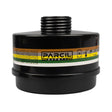



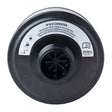
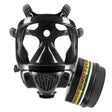
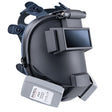
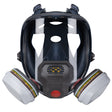
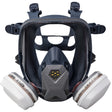
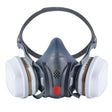
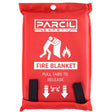
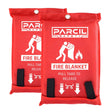
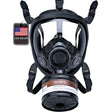
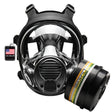
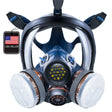
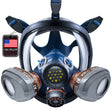
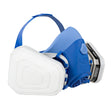

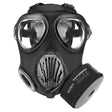

Leave a comment
All comments are moderated before being published.
This site is protected by hCaptcha and the hCaptcha Privacy Policy and Terms of Service apply.